This gorgeous mourning dove—and doves are among the gentlest, most easily stressed songbirds—was attacked by a cat. He was lucky (and yes, he’s male—the males tend to have a bluish head and rosy throat; the females tend to have a brownish head and throat) in that he “only” lost all but one of his tail feathers and most of the feathers on the right side of his body, along with sustaining several nasty-looking but superficial gashes. His luck continued with discovery by someone who cared enough to seek help for him and volunteers who transported him to LWR so we could begin medicating him immediately. Recall, if you will, that cat saliva and claws contain bacteria designed to break down flesh, so cat bites or scratches left untreated on wildlife result in death, usually within 48 hours.
Fortunately, this sweet fellow is doing well, albeit confined to a small cage to prevent stress injuries—mourning doves stress easily and will pace, slam their bodies into the cage and even self-mutilate if the stress levels get too high. As soon as he’s off meds, he’ll go into the songbird flight until there’s sufficient feather re-growth to allow for release.
Why do I say that? Well, on the first point, numerous studies have proven that free-roaming outside cats wreak unholy havoc on our native wildlife—and don’t you DARE give me the old “my cat doesn’t hunt” trope. It’s a bald-faced lie. Cats are predators. It’s their nature to hunt—and well-fed housecats are more successful hunters than strays because they’re not as desperate for food.
On the second point, let’s look at the dangers a free-roaming cat faces, shall we? It’s easier just to list those dangers:
- Being hit by car
- Being poisoned, intentionally or accidentally
- Being shot, maimed and/or tortured by the psychopathic little bastards who comprise all too large a portion of our population
- Being attacked by larger predators such as dogs, coyotes and even great horned owls. Yeah, a great horned owl can tote off a 9-pound cat.
- Being in fights with other cats, resulting in wounds that abscess (see bacteria, above…)
- Exposure to the elements: rain, heat, cold
- Exposure to and infestation with parasites such as roundworms, ear mites and God-knows-what else
There are numerous ways to keep an indoor-only cat entertained, and the Internet is bursting with blueprints for “catios” if you insist that your cat MUST have access to the outdoors.
I cannot stress enough: KEEP YOUR DAMN CATS INSIDE AND AWAY FROM WILDLIFE! It’s safer for all concerned.
And for the record, as I’ve said on numerous occasions, I love cats. I have three cats of my own. I also love wildlife. For the safety of both the wildlife around my house and my cats, my moggies are indoor-only. None of them seems deprived or unhappy; on the contrary, they’re cool in the summer and warm in the winter, have constant access to plentiful fresh food and water, altogether too many toys…
It IS possible to love cats and wildlife, and it IS possible to have both in your life—as long as you take appropriate measures to ensure the safety of both.
Okay, off the soapbox now…
It’s pretty definite the hummer’s not gonna make migration. That wing hasn’t healed to allow for flight, as you can see in the photos below, and hummers generally aren’t good candidates for educational birds because when they’re unflighted, they’re prone to develop foot and leg problems. Their tiny little legs and feet aren’t meant for long periods of perching.
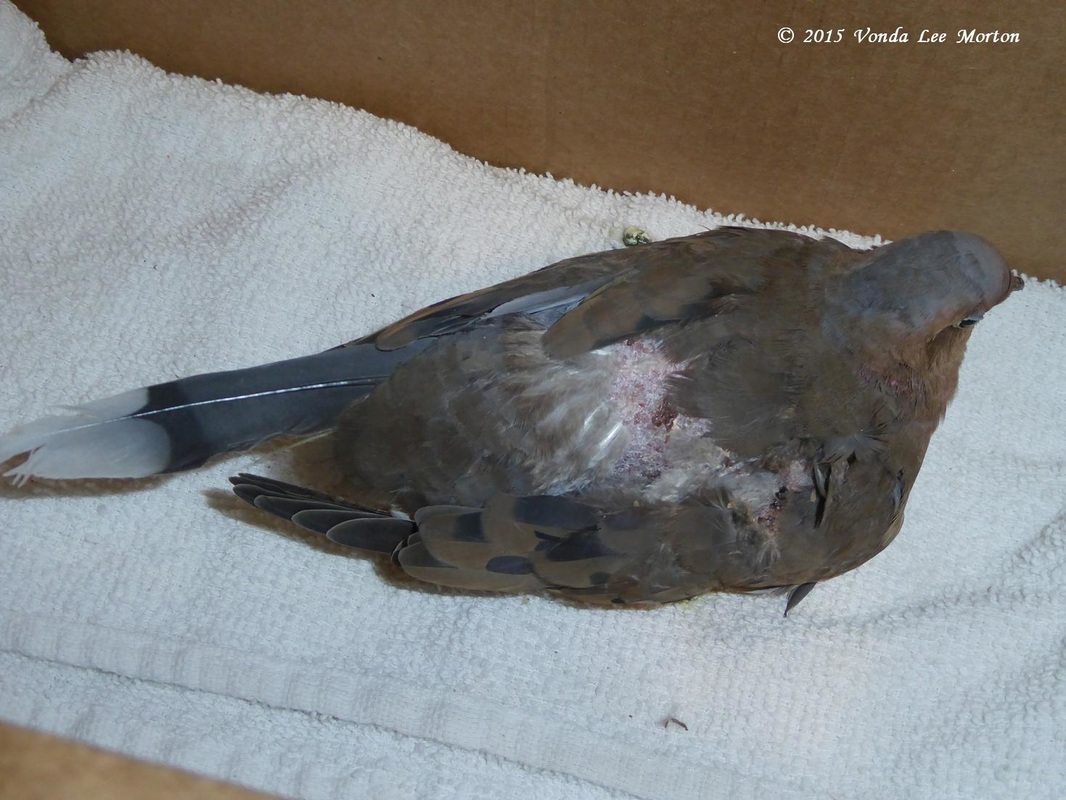
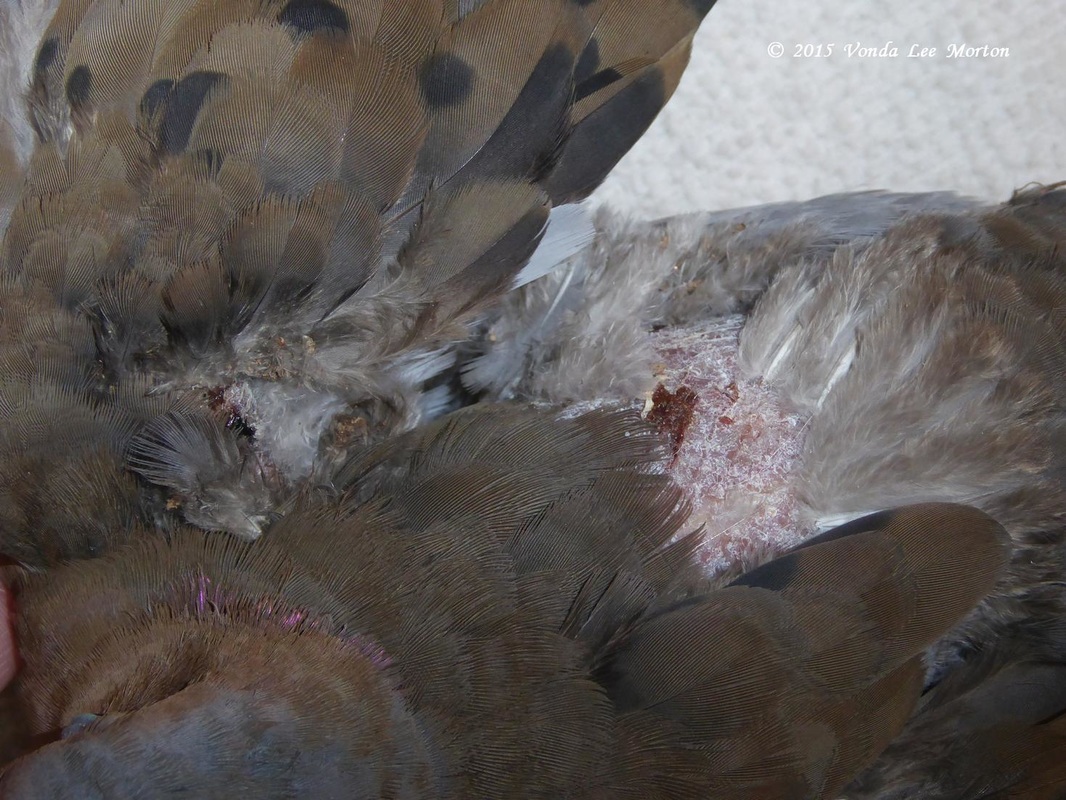
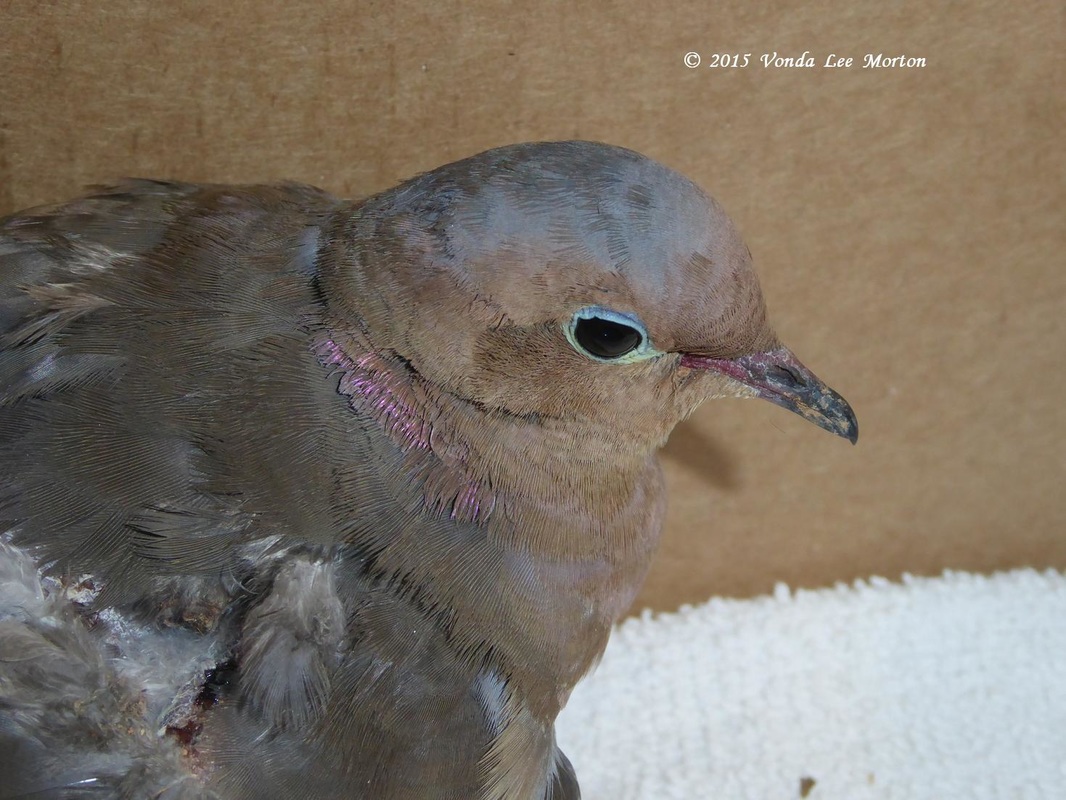
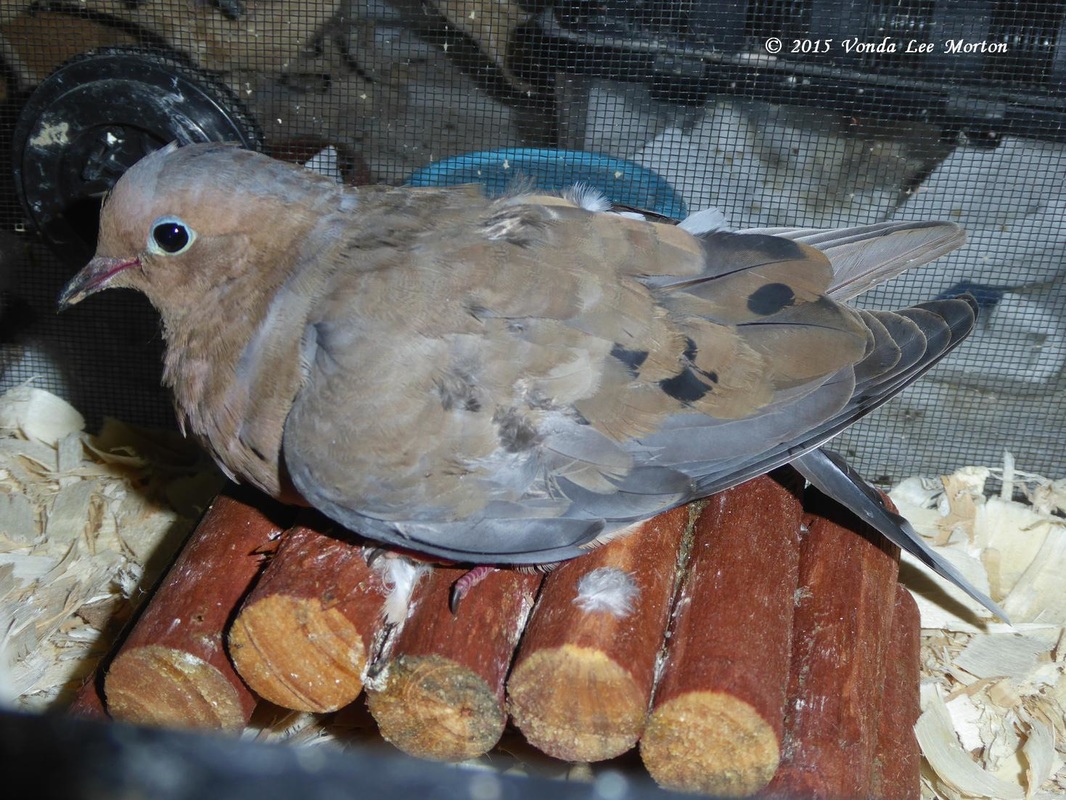

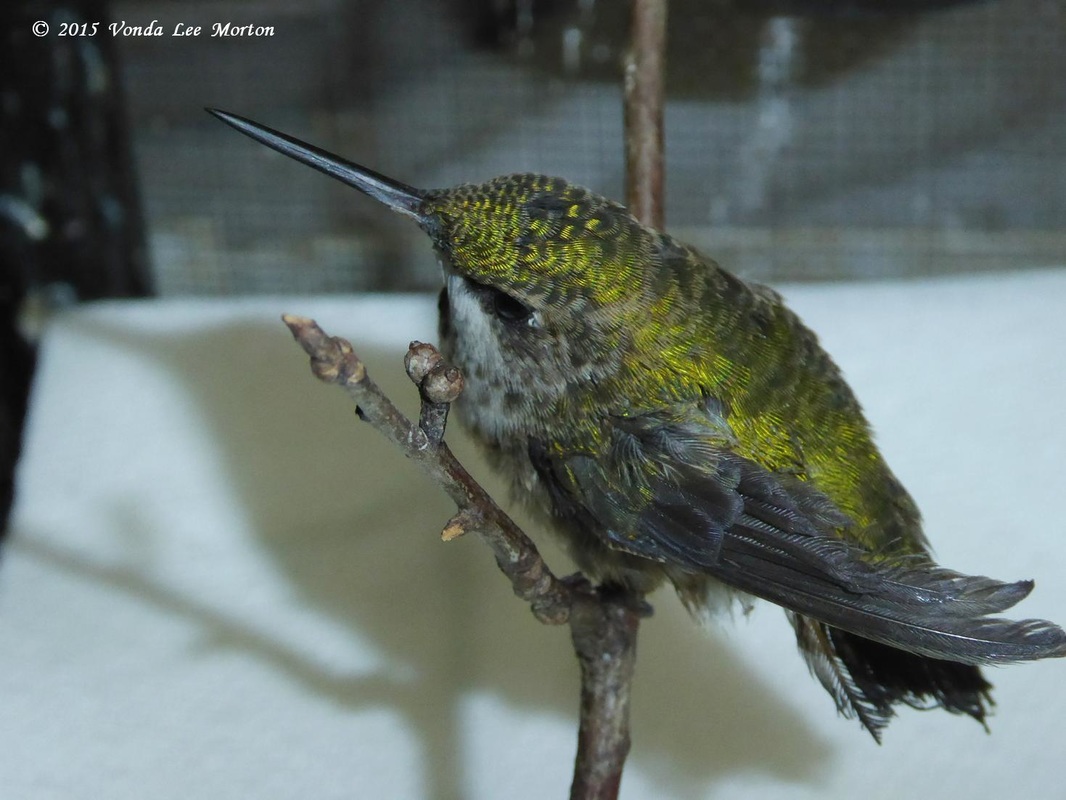
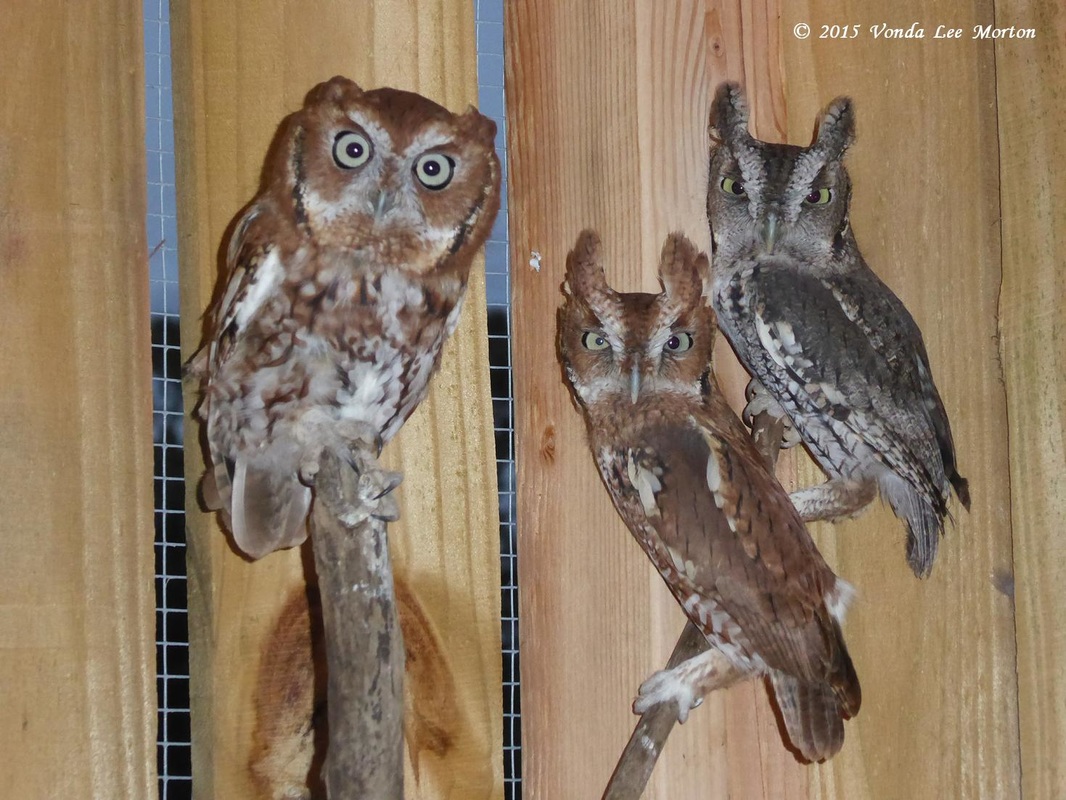
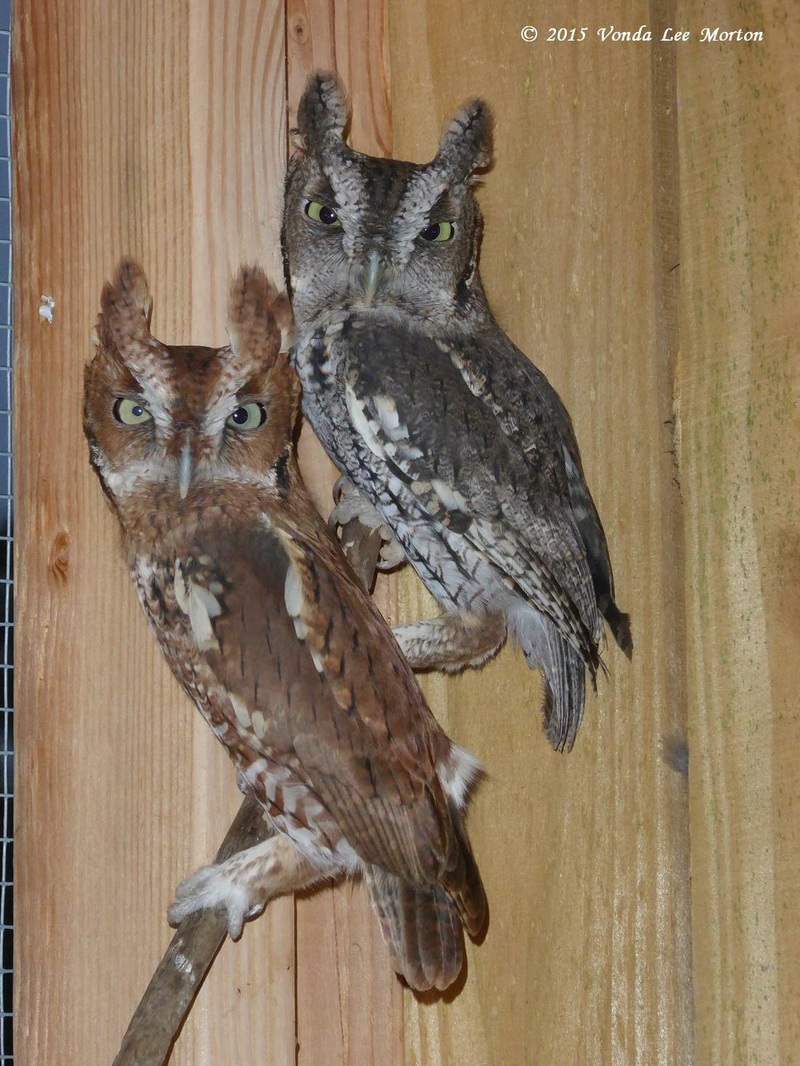
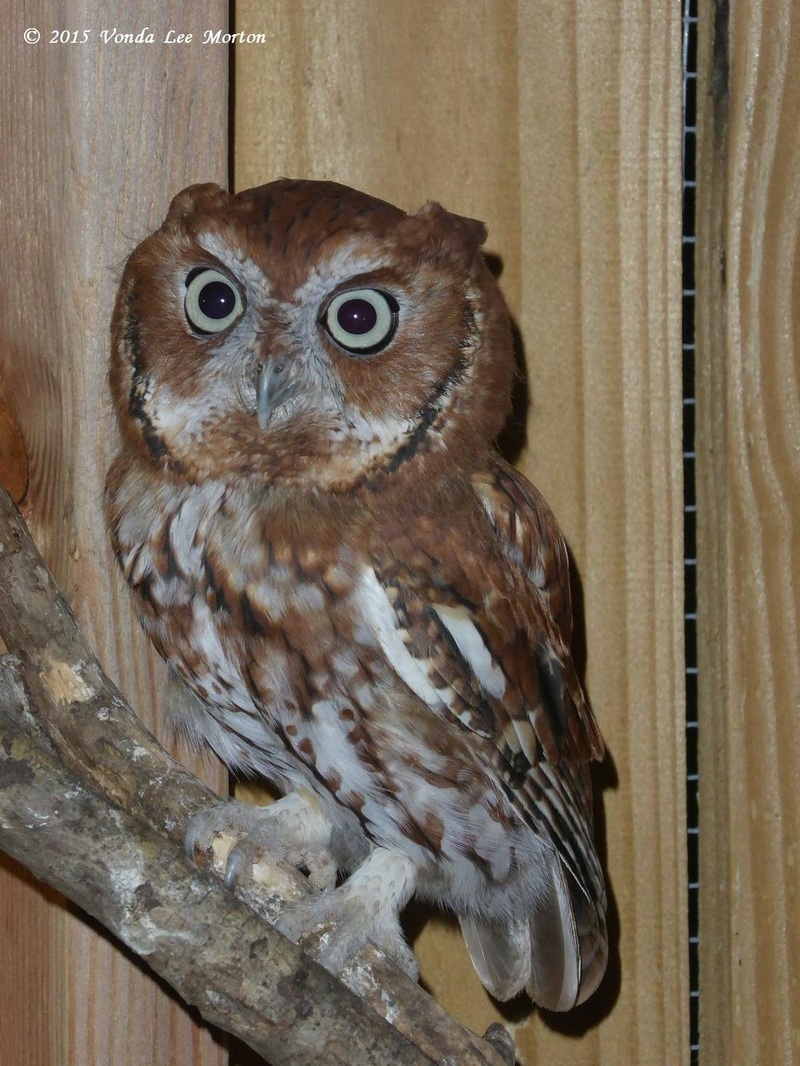
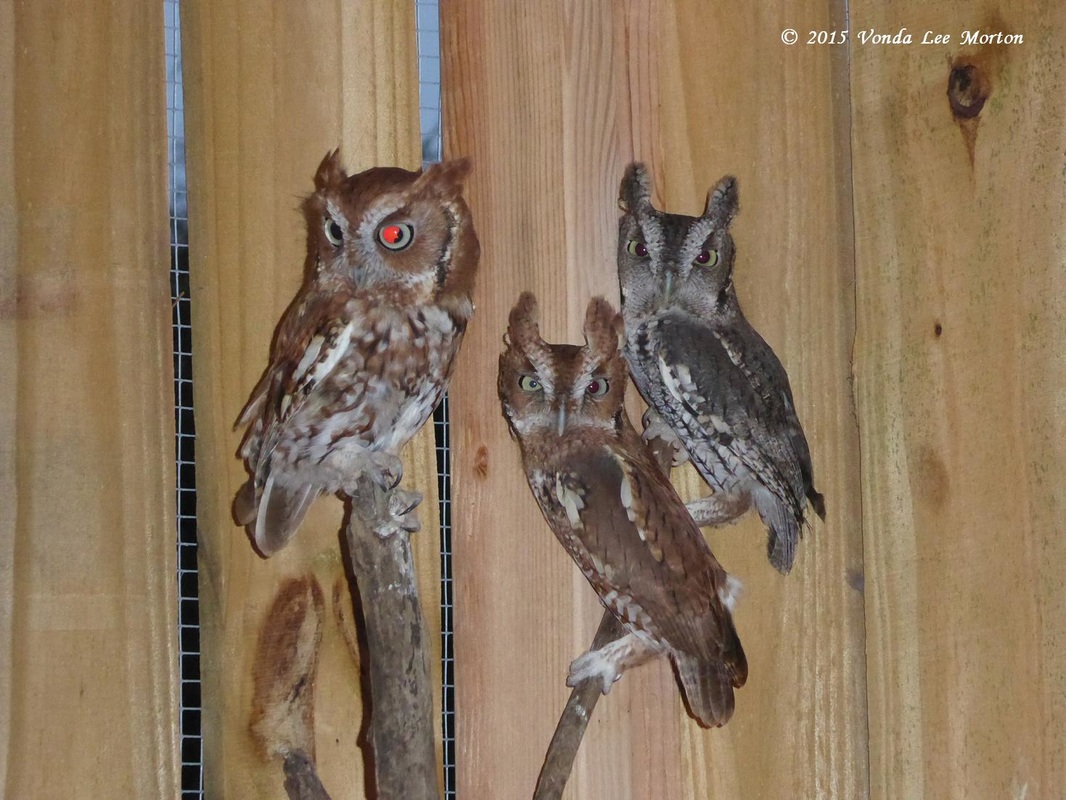
 RSS Feed
RSS Feed
